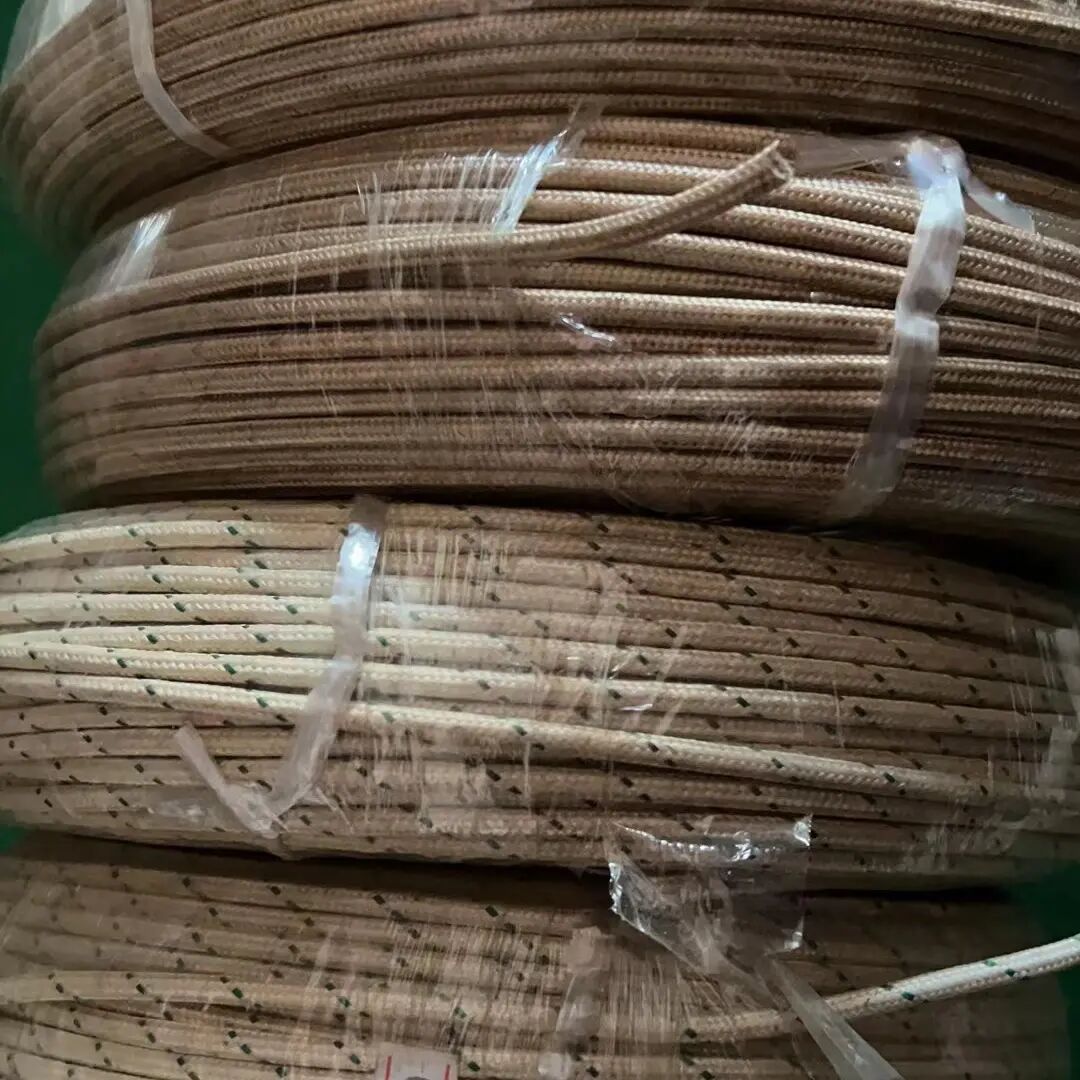News
Why do 500-degree high-temperature cables prefer glassfiber insulation?
There are many insulating materials for wires and cables, such as silica gel, fluorocarbon and so on. Soft and environmentally friendly, but not within the evaluation range of the 500-degree high temperature line. High temperature forged fiberglass is the insulation material of choice for 500 degree high temperature wires.
The physical properties of glass fiber are stable and safe
The main components of glass fiber are silica, alumina, calcium oxide, boron oxide, magnesium oxide, sodium oxide, etc. These natural mineral materials make fiberglass non-flammable, flame-retardant, corrosion-resistant, thermally insulating, high in tensile strength, and good in electrical insulation.
The softening point of glass fiber is 500~750℃, the boiling point is 1000℃, the tensile strength is 6.3~6.9g/d in the standard state, 5.4~5.8g/d in the wet state, and the density is 2.54g/cm3, which perfectly meets the high temperature The needs of the wire in the working environment, so that the high temperature wire can withstand the vibration and stretching of the equipment.
It has softness and high temperature resistance. However, the diameter of glass fiber monofilament is several microns to 20 microns, which is equivalent to 1/20-1/5 of a hair. Each bundle of fiber strands consists of hundreds or even thousands of monofilaments. Therefore, the high temperature wire sheath made of glass fiber has poor wear resistance. Generally, it is necessary to strengthen the wear-resistant products, and a layer of stainless steel sheath can be required.
The best insulation performance is alkali-free glass fiber.
E-glass fiber is one of the most widely used glass components at present, and it is called E-glass fiber because of its low content of alkali metal oxides. my country is a big producer of glass fiber, domestic alkali-free glass fiber generally does not exceed 0.5% of alkali metal, and generally about 1% abroad.
E-glass fiber has good electrical insulation and mechanical properties, so it is used as the outer layer of high temperature lines. But its disadvantage is that it is easily attacked by inorganic acids, so it is not suitable for use in general acidic environments.





